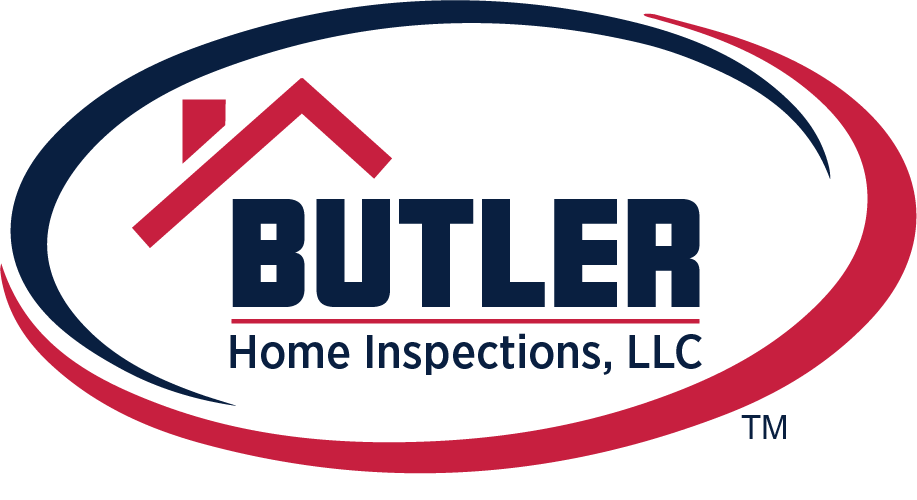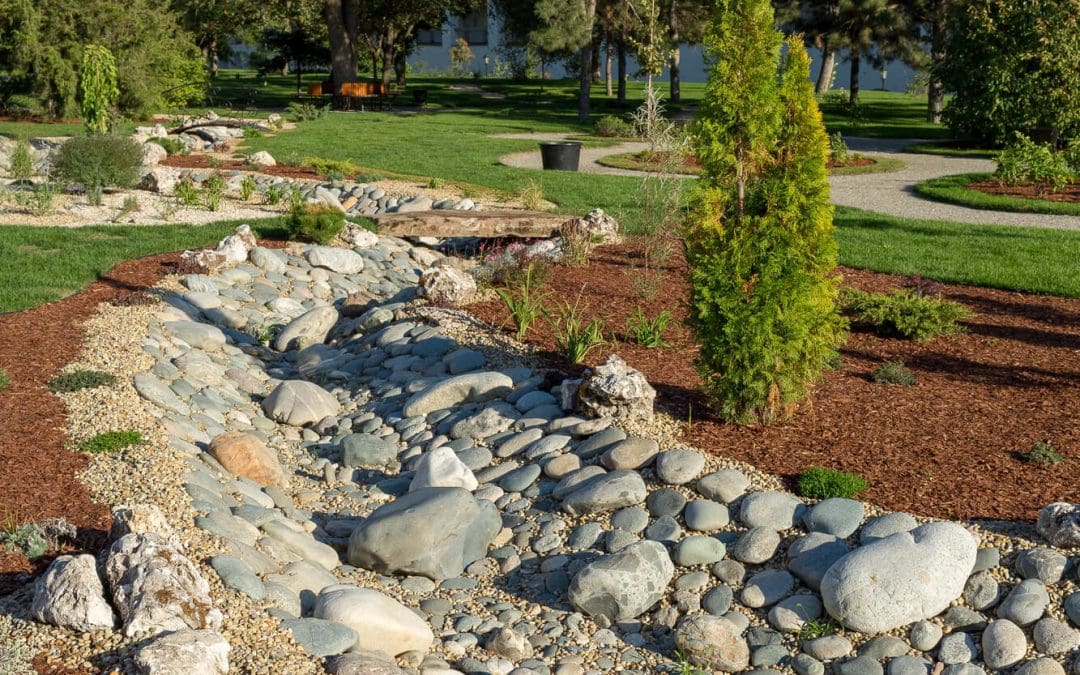Proper drainage is crucial for maintaining the health and longevity of your property. Poor drainage can lead to various issues, including water damage, erosion, and foundation problems. By implementing effective drainage solutions, you can improve drainage on your property and protect your home from these potential problems.
Assessing Your Current Drainage System
The first step in improving drainage is to assess your current system. Note areas where water tends to pool or flow. Observe how rainwater moves across your property and identify any problem areas. This will help you understand the existing issues and determine where improvements are needed.
Implementing Gutter and Downspout Solutions
Gutters and downspouts play a significant role in directing rainwater away from your home. Ensure your gutters are clean and debris-free to allow for proper water flow. Downspouts should extend away from the foundation to prevent water from pooling near your home. Consider installing downspout extensions or splash blocks to direct water further from the foundation.
Enhancing Yard Grading to Improve Drainage on Your Property
Proper grading and slope are essential for adequate drainage. The ground around your home should slope away from the foundation to prevent water from flowing towards it. If you notice that the ground near your foundation is level or sloping towards your home, you may need to regrade the area. Adding fill dirt or creating a gentle slope can help redirect water flow away from your foundation.
Installing French Drains
French drains are a popular solution for managing excess water. These systems consist of a trench filled with gravel and a perforated pipe that collects and redirects water away from problem areas. Installing a French drain can be particularly effective in areas with persistent water pooling or poor drainage.
Using Rain Gardens and Swales
Rain gardens and swales are landscaping features designed to capture and manage stormwater runoff. A rain garden is a planted depression that allows water to soak into the ground, reducing runoff and improving drainage. Swales are shallow, vegetated channels that direct water flow and reduce erosion. Both options can enhance the aesthetic appeal of your property while improving drainage.
Addressing Soil Erosion to Improve Drainage on Your Property
Erosion and soil compaction can impact drainage by altering the natural flow of water. To address erosion, consider planting ground cover or installing erosion control fabrics. These measures can help stabilize soil and prevent further erosion. For compacted soil, consider aerating the ground to improve water infiltration and reduce runoff.
Regular Maintenance and Monitoring Will Help You Improve Drainage on Your Property
Once you’ve implemented drainage improvements, regular maintenance is essential to ensure continued effectiveness. Check gutters, downspouts, and drainage systems periodically to ensure they remain clear and functional. Monitor your property for any new drainage issues and address them promptly to prevent long-term problems.
Improving drainage on your property is a crucial step toward maintaining its health and integrity. You can effectively manage water flow and prevent damage by addressing issues early. Regular maintenance will keep your drainage system functioning well. With these measures in place, you’ll ensure a safer, more durable property for years.
Butler Home Inspections offers inspections to homebuyers and sellers in Upstate SC, including Anderson, Greenville, Pickens, and Oconee counties. Contact us to schedule an appointment for our services.

